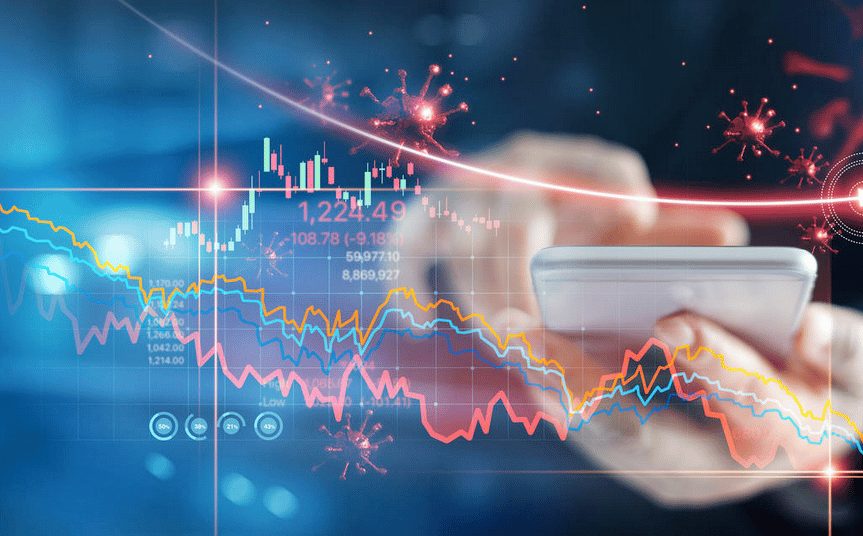Source: Media release Infor Services, 14 December 2020, photo credit: IT Brief NZ
While some may have viewed 2020 as a write-off, the technology sector has seen a massive upswing. As a result of forced, mass digitisation, 2021 promises to be a fruitful – albeit challenging – year for technology. Globally, there are three key predictions that could shape success in the year to come. From Cloud to Artificial Intelligence (AI) and digital supply chains, here’s what you need to know…
According to Phil Lewis, Infor VP Solution Consulting EMEA, Infor predicts that Cloud technology is set to reinvent event experiences in 2021. “After the US Open tennis tournament successfully pivoted to cloud and AI this year to enhance the virtual experience for fans who could not attend the physical event, we will see an uptick in physical events leveraging cloud technology to give viewers tailored experiences.
With 2021 primed to grip the world’s attention with several major events, such as the Summer Olympics in Tokyo and the Wimbledon Championship, cloud technology is poised to completely reinvent what we know about fan experiences today. The potential for using cloud technology to transform events is enormous — think real-time crowd excitement analysis to optimize highlights and advertisements, extremely low-latency live feeds, and moderated crowd interaction – all hosted on robust cloud platforms.”
He adds that multi-tenant cloud architectures will become the new gold standard. “Using multi-tenant cloud solutions means companies are automatically kept up-to-date with the most cutting-edge technology, without having to worry about manual updates or replacing hardware. As we move into a new year that likely will bring more uncertainty, multi-tenant cloud solutions will become critical technology differentiators, helping businesses remain agile and innovative, while also reducing their e-waste footprints and helping them move closer to their sustainability targets.”
Infor’s second prediction is that AI will transform the hiring process. “In the unpredictable job market of 2021, it will be critical for organisations to leverage AI to ensure they find the right candidate for the job. AI will enable HR departments to become more proactive in their hiring and help them determine a candidate’s cultural fit by using data to measure the quality of a hire,” confirms Lewis.
“Innovations such as intelligent screening software that automates resume screening, recruiter chatbots that engage candidates in real-time, and digitised interviews that help assess a candidate’s fit will start becoming commonplace in HR departments. AI also holds great promise for creating more diverse and inclusive workplaces, given its ability to reduce biases and add objectivity into employment decision-making through AI-powered algorithms that will identify the unique qualities of candidates.”
As we’ve already seen in practice in 2020, AI will also become mission critical in the healthcare sector. “Over the next year, we will see the accelerated adoption of AI across many areas of healthcare. By applying machine learning to real-time global data sets, healthcare professionals can more accurately track contact between staff and infected patients, enable accurate diagnoses, utilise predictive analytics to track personal protective equipment (PPE), optimise workforce allocations, and develop more effective and lasting vaccinations.”
Last but not least, Infor predicts great shifts in traditional supply chain. Lewis notes that supply chains are set to become digital at a rapid pace. “As a direct result of COVID-19, we are going to see the acceleration of digital supply chains in 2021. While supply chain leaders have traditionally viewed digital transformation in the context of efficiency and cost, the focus will now be on agility and resiliency.
That’s where digital technology comes in. A multi-enterprise, digital supply chain enables better end-to-end visibility, better predictive analytics, and better and smarter automation. Leaders will be able to customise and flex their supply chains based on market demand and make better use of ecosystem partners. These digital tools are as far ranging as AI, augmented reality (AR), and robotic process automation (RPA) and are expected to shift early promises to impactful value propositions.”
Lewis concludes that AI will be critical for effective, real-time supply and demand matching. “As the incredible supply chain disruptions of 2020 unfolded, it became clear that managing real-time supply and demand matching and forecasting were no longer tasks humans can take on alone.
It’s no longer reasonable to expect a supply chain leader to predict when one country’s market will suddenly close and another’s will open, or account for ever-shifting materials and costs — especially as government restrictions on transportation and travel change rapidly.
In 2021, we will see supply chain managers accelerating their adoption of AI to augment workers’ instincts and experiences and provide them with intelligent insights into changing market conditions, letting them accurately forecast supply and demand in real-time.”
The South African Pork Producers’ Organisation (SAPPO) coordinates industry interventions and collaboratively manages risks in the value chain to enable the sustainability and profitability of pork producers in South Africa.







